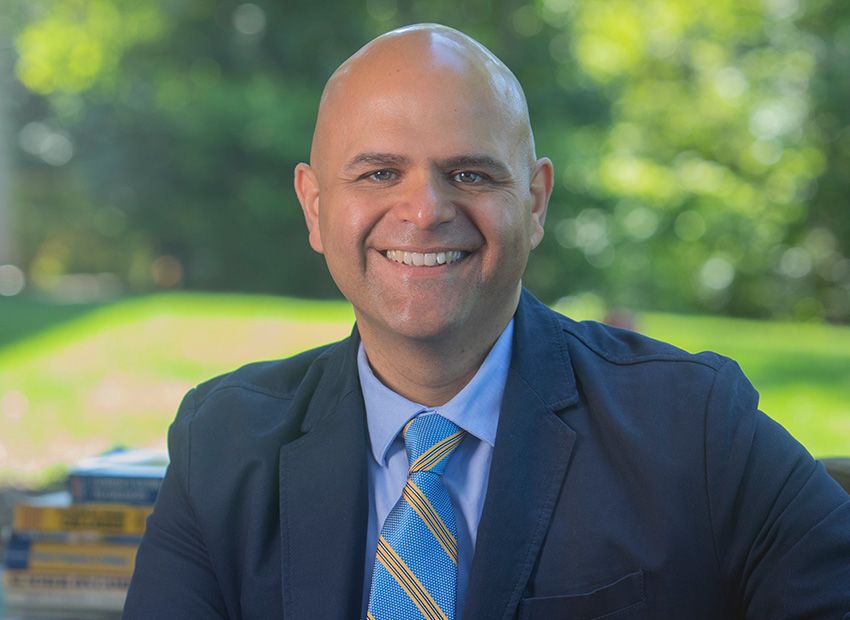What International Students Can Expect from the US Admissions Process
Applying to a U.S. university from abroad can seem like a daunting process. Not only are you taking a leap from the familiar educational surroundings of your secondary school into the unknown waters of higher education, there’s a possibility you’re flying farther away from home than most of your peers and taking a chance on an entirely different country and educational system. Let’s just say, “
we’re not in Kansas anymore.” Unless, of course, Kansas is your ultimate destination.
So how do you make sense of it all? The following breaks down how U.S. admission officers might evaluate your overall college application as well as its many components:
- Holistic review: One of the biggest differences between applying to a university in the U.S. versus other parts of the world is the role holistic review plays in the U.S. application process. In some parts of the globe, students are admitted to their nation’s top schools by a set of objective criteria. Don’t get me wrong. We’re not saying U.S. schools don’t admit students objectively. They do. But many U.S. schools couple objective data with subjective information: essays, extracurricular activities, letters of recommendation, and sometimes, interviews. In the U.S., it often takes more than a certain set of numbers for a student to be admitted.
- Standardized testing and transcripts: Yes, there are a set of standardized tests many students are required to take when applying to a U.S. school (the ACT, SAT, or TOEFL being three of the most well-known). But those tests are not looked upon in isolation. Many U.S. universities also want to know how a student might have performed within their own educational system. So they’re going to ask for a student’s high school transcript—a student’s marks or grades. They’ll also want to get a sense for how a student might have done within her set of standard leaving exams (IGCSEs, GCEs, Abitur, or Bagrut) and will, more often than not, ask for official copies of those results. In the U.S. process, it’s not just about how well a student retains information, as evidenced by test results, but how a student contributes to the classroom.
- Resumes: Many U.S. schools are looking to get a sense of the whole person, how an applicant might positively impact a university community. And so the world outside of class often carries great weight: What might the student contribute socially, academically, or extracurricularly? Admission officers often use a student’s resume—or rather, activities list—to answer such questions. The activities list not only tells an admissions officer the who, what, and when of a student’s past participation, it hints at a student’s future community involvement and how the student will contribute to campus life.
- Personal statement: The personal statement serves as the application’s “why.” If successful, it reflects a student’s guiding principles, motivations, core beliefs, moments of growth, or dreams and provides a glimpse into a student’s character—how the student might interact with others on campus. It’s less a recounting of events or activities and more a peek into an applicant’s soul: the lessons learned in life and how those lessons are manifesting themselves in the classroom, extracurricular activities, or social interactions.
- Letters of recommendation: Many U.S. universities require applicants to submit letters of recommendation: one from a school counselor as well as one or two from teachers who’ve taught the student in an academic core subject. Recommendations serve as objective, third-party assessments; they tell an admissions officer how the student interacts with others inside and outside the classroom, how the student has grown academically, and how the student compares to peers. It’s best to aim for recommenders who’ve taught the student most recently, as their assessment will be more relevant to an admissions discussion than a more chronologically distant assessment.
- Interviews: While most U.S. colleges and universities don’t require interviews, those that do want to see how an applicant thinks on her feet. They are two-way conversations: a student’s opportunity to find out more about a college or university, as well as a means for a college to learn about a student. Come prepared to talk about your background, achievements, and activities, as well as what’s attracting you to your prospective school and why you’re thinking about your particular major. Most interviews can only help, rather than hurt, an applicant, so if you’re given the opportunity to interview, go for it!






